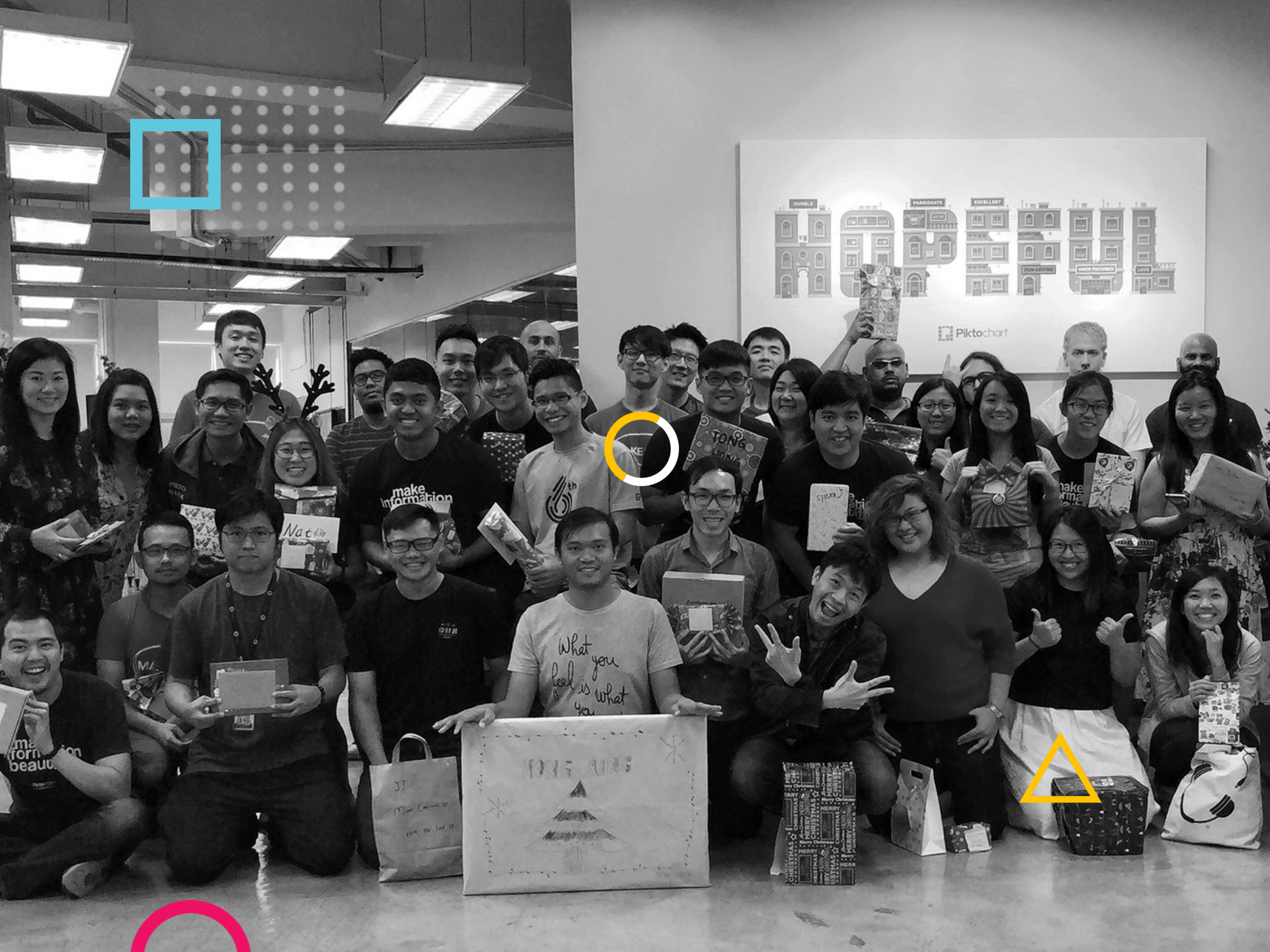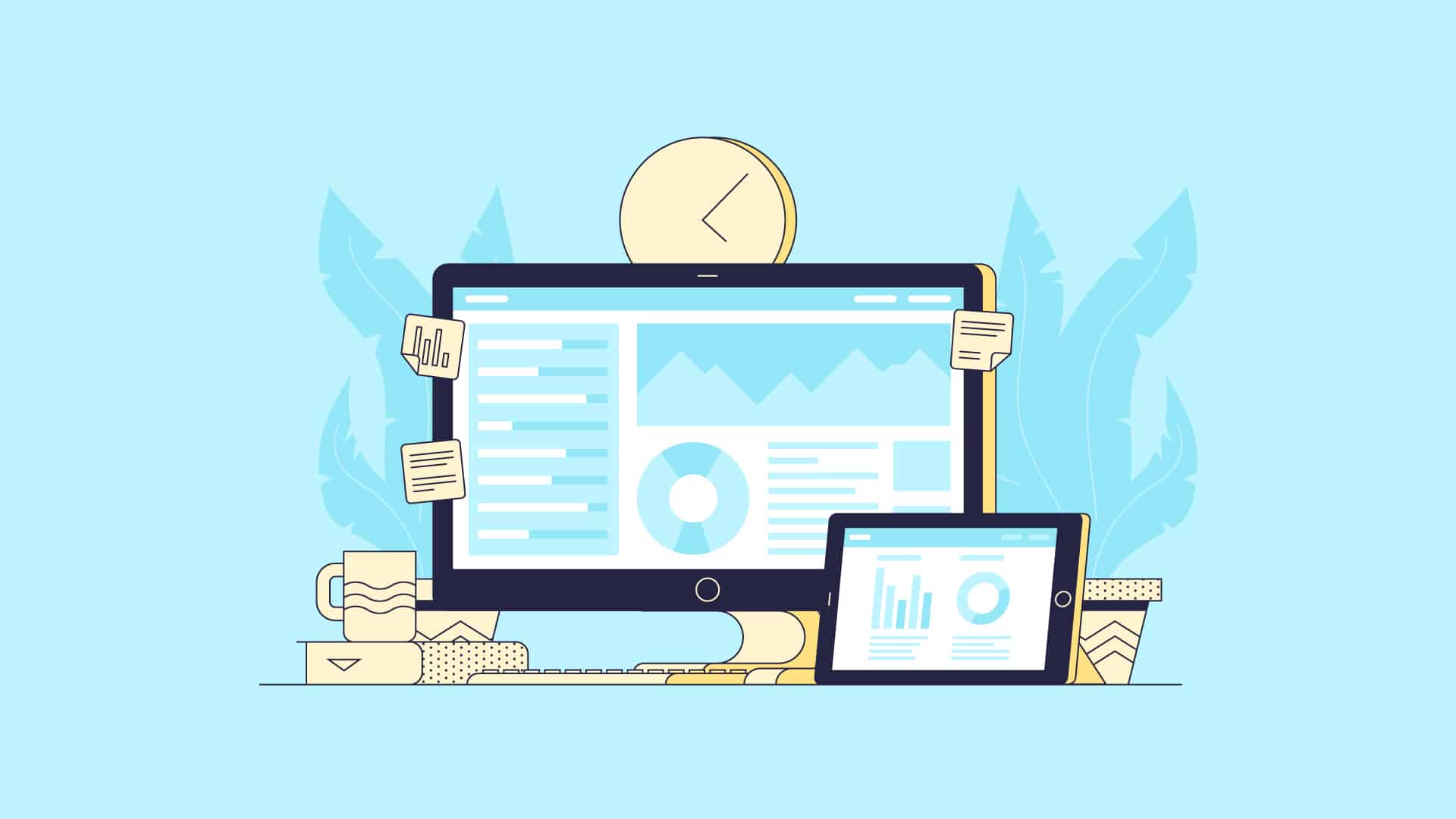Few days go by where I don’t remind myself of what my life looked like less than a decade ago.
Lately, these short daily walks down memory lane have taken me to a very specific point in place and time – a place that I guess you could say is neither stimulating nor particularly memorable.
The time I’m talking about is 2009. And the place? Well, a mundane meeting at the company I was then working for.
[jg-ffw]
[/jg-ffw]
By just about every measure, this meeting followed the same structure and rules I had grown so accustomed to. Slide decks and reports were extensive, crammed to the brim with text and typically read out verbatim. Data was mostly not visualized, and when it was, it tended to be overly complex. And stories? Well, stories were omitted in favor of cold, hard facts.
It was all very logical, all very rational – but also severely lacking in emotion and human ingenuity.
What was different about this one meeting wasn’t the meeting itself; it was that, for the first time, I actively started questioning why I felt so disconnected from the presenter. And more importantly, I guess, what it would take to bring about a real connection and to make it matter.
Those questions – along with a burnout and a keen desire to spend my days in a truly human-centric workplace – eventually made me leave my job.
But little did I then know that those same questions would also take me and Andrea (my husband) on a journey that’s been more rewarding and purposeful than anything we could have ever dreamed of.
A journey that can best be described in one word: Piktochart.
Human connection through visual stories
Technology is a funny thing.
It has at once made us all infinitely more connected and pushed us further apart. It has built these beautiful bridges but simultaneously constructed walls.
It has given each and every one of us our very own microphone and yet, in many cases, also a jaded audience that doesn’t care enough to tune in or show up.
Technology has blessed and cursed us in equal measures with this big, overwhelming buffet of choices. There’s too much of everything (especially information), and because there is, many of us pace aimlessly back and forth as we gasp for breath trying to keep up.
Too much information, too little time… and our natural reaction, of course, is to grow indifferent to it all.
But every so often it happens that we stumble upon something that makes us tune in. Something that moves us and inspires us and leaves us better off than we were before; something that is remarkably worthy of our time even in the noisiest of information landscapes and in the busiest of lives.
[jg-ffw]

Now, it seems to me that what distinguishes this type of communication is that it’s deeply empathetic.
It cares immensely about the recipient. It cares little about share of voice but obsesses over share of heart. It seeks to make a connection more than it seeks to get attention. And when that’s the starting point, it forces you think harder. It forces you to work harder. And it somehow, almost automatically, makes you resist the temptation of screaming louder in a world that’s noisy enough as it is.
And so, as I went on one of those strolls down memory lane that I told you about, it dawned on me that this is exactly what drives the spirit of what we’re trying to do at Piktochart. To empower people without design backgrounds to create real, meaningful human connections through visual stories.
That is the core idea that defines Piktochart, but the way we’ve represented Piktochart to the world until now hasn’t fully captured this.
Meet the new Piktochart
For the first five years, we happily ran the company under the tagline “Make Information Beautiful”. With Piktochart, you were able to plug in your content and data and present it in a beautiful way. But I think we aspire to do more together today.
Our new tagline, “Picture the Difference”, reflects the next step for us and all 10 million of our wonderful users. It celebrates the extraordinary degree of human imagination and ability that we see on display every single day in our platform. The things you create, the stories you tell, the connections you build, the difference you make – well, looks and beauty alone just didn’t seem to do it justice.
We believe that great ideas inspire great tools. But the reverse is true as well: great tools inspire great ideas.
And at Piktochart, it is our mission to make our tool as great as it can possibly be and to help you at every step of the way. A tool that continues to redefine and stretch your idea of what’s possible; a tool that exists to help you tell your story with the visual impact it deserves – from start to finish.
Our new logo – made up of one continuous line that is free and flowing – is meant to symbolize just that.
The Ever Evolving Piktochart
We’ve grown a lot in terms of our product and also company culture since the idea to build an infographic-making tool first came to us back in 2011. The rebranding was a long time coming, something that we’ve been working on dutifully over the past year. And I’m so proud of what the team has accomplished and grateful for all the learnings along the way.
For the first six years, the Piktochart identity has thrived as the makers of an easy-to-use infographic tool, but in the coming years that’s all set to change. Beyond infographics, we’ve grown into presentations, reports, posters, and flyers – and you can bet that more formats to help you in your everyday work are on its way. In the future, you can bear witness to a continued evolution into a collaboration tool, as well as a suite of creative apps where you’ll be able to create visuals of all stripes.
The new year brings to us a brand new canvas, and we can’t wait to start painting on it together with you.
As always, stay hopeful! (And dare to picture the difference).
With love,
Ai Ching & the rest of the Piktochart family
[jg-ffw]






